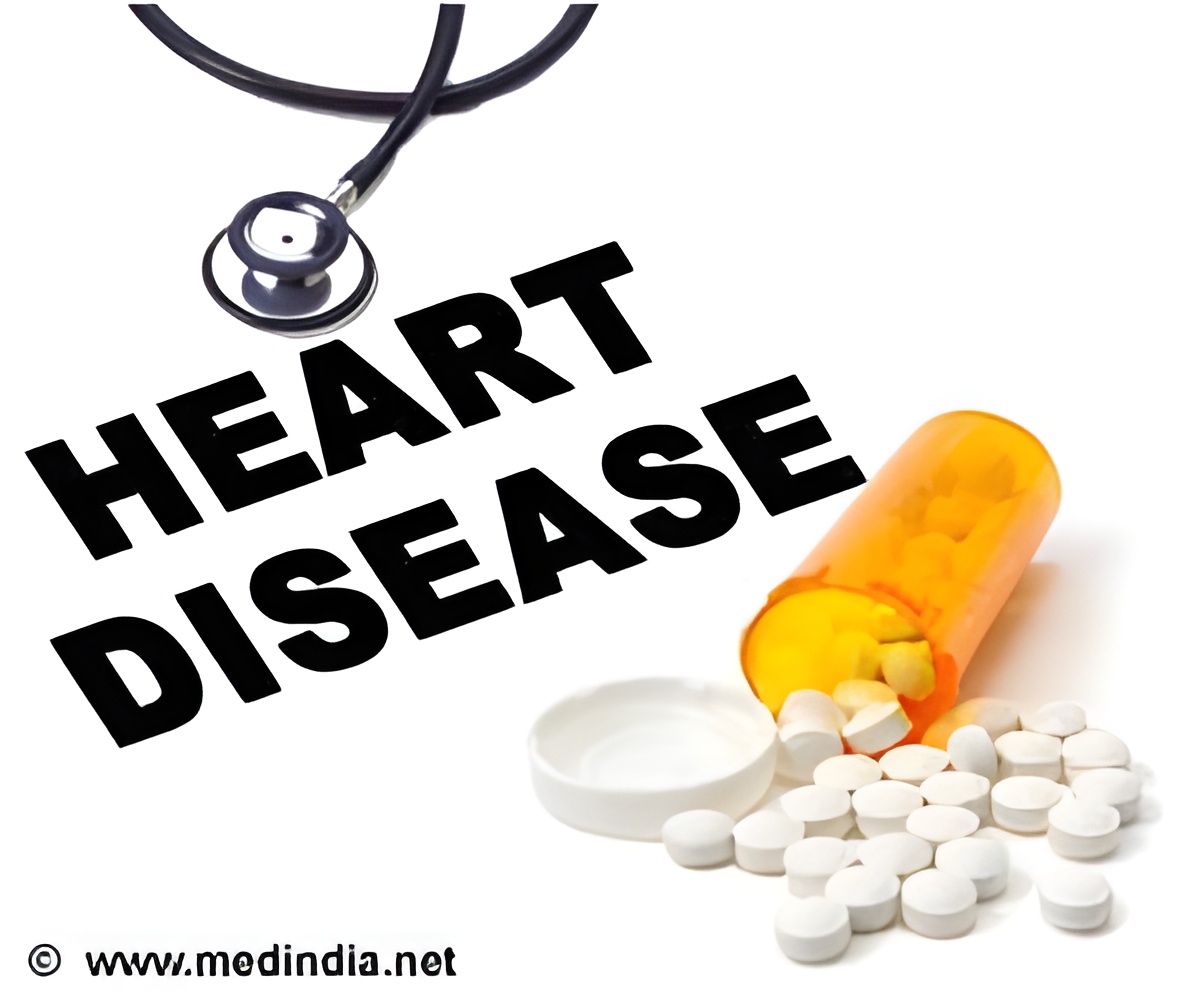Data provided by the NHANES was the main basis for determining an individual's risk of developing cardiovascular disease till now.

Nearly 800,000 people die each year from CVD, making it the leading cause of death in the US. Although CVD mortality has continued to decline during the past 40 years, the rates of decline varied significantly among the states. Across states, significant variation has been described in the prevalence of CVD and cardiovascular health and risk factors, including hypertension, smoking, high blood cholesterol, diabetes, overweight/obesity, physical inactivity, and limited consumption of vegetables and fruits.
"Although all states with high levels of predicted 10-year CVD risk are in need of interventions, the states with the highest predicted risk need even more interventions to effectively reduce the disparities in CVD morbidity and mortality," says Barbara A. Bowman, PhD, the director of the CDC's Division for Heart Disease and Stroke Prevention, Atlanta, GA.
The predicted 10-year risks of developing CVD varied significantly by age, gender, race-ethnicity, educational attainment, household income, and state of residence. Among men, the mean age-standardized predicted 10-year risk of developing CVD ranged from a low of 13.2% in Utah to a high of 16.2% in Louisiana. The risk was considerably lower in women, with a low of 6.3% in Minnesota to a high of 8.7% in Mississippi. The higher risks tended to cluster in the southeastern states and the lower risks in northwestern states.
Source-Eurekalert









